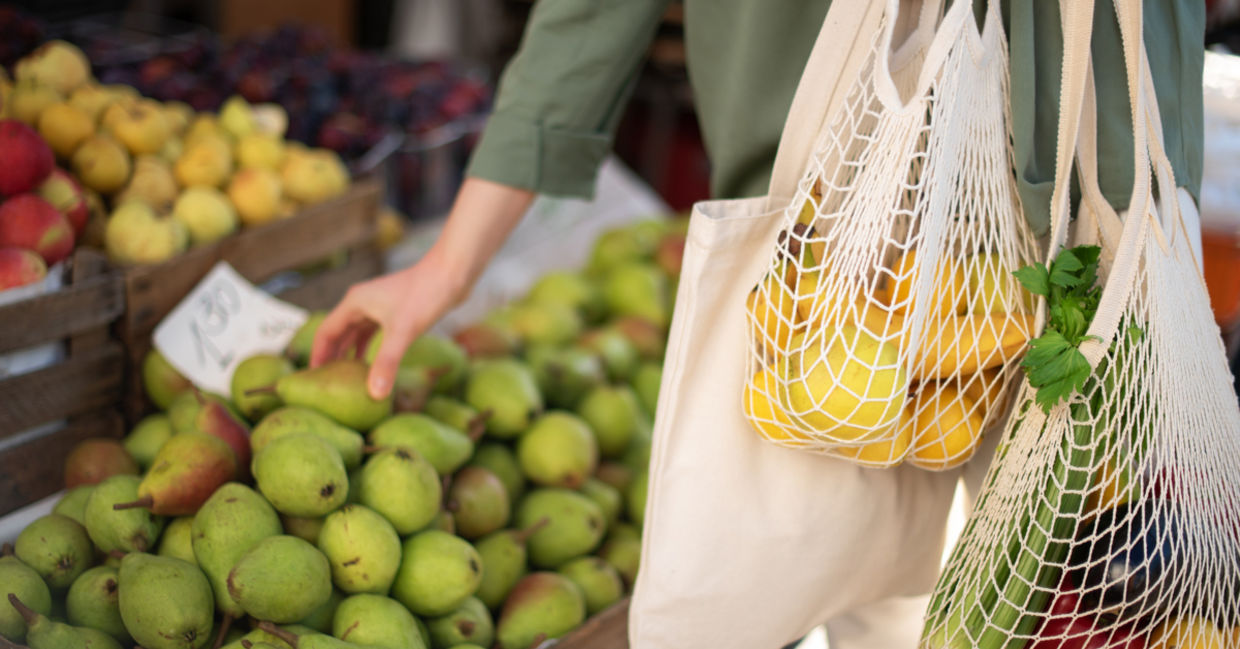
(j.chizhe / Shutterstock.com)
Heading out to the grocery store? This is a household errand that everyone does, with the primary shopper in the US going an average of 1.6 times a week, according to Statista. This seemingly mundane task can become meaningful by tweaking a few ingrained habits and making it more eco-friendly. Your shopping behavior can reduce pollution, global warming, and your carbon footprint.
Here are seven shopping tips that will make a difference to the environment, and if everyone were to make these small changes together, the impact could be even greater.
Reduce use of plastic bags
Although many have already switched to canvas bags to pack their groceries, they still use the store’s plastic produce bags for fruit, vegetables, nuts, and seeds. Try to recycle your plastic produce bags. Instead of throwing them out, keep them, stuff them into your canvas bags, and bring them along on your next trip to the store. Use them and reuse them until they fall apart.
Or, you can purchase reusable, washable mesh produce bags. Many of the “natural” bags being sold are made from 100 percent organic cotton, but did you know that organic cotton is not good for the environment? According to Bustle, the quantity of water used to grow organic cotton makes it a poor swap for plastic. So think again.
Recycled T-Shirt Produce Bags https://t.co/OBUjngzyMn pic.twitter.com/T9O9YEFEca
— Baker Realty Group (@BakerREGroup) August 16, 2018
Another option is upcycling old cotton T-shirts or pillow cases into produce bags. Or, just do without the plastic bags. When it comes to larger produce items, place them in your cart without a bag; you will be washing them before you use them anyway.
Shop at a farmers market
When you head to the farmers market, you are sure to be buying fresh produce that is in season. As the produce will not have been transported very far, you are also reducing the carbon footprint involved in shipping food. Also, most of the produce you find at the market is naturally stacked and not over packaged as found in the grocery store.
It is also satisfying to support your local farmers and connect with the people who are growing your food. Check out Local Harvest for a list of all the farmers markets and farms that sell produce in the US. These fruits and vegetables are farm-fresh and taste so much better!
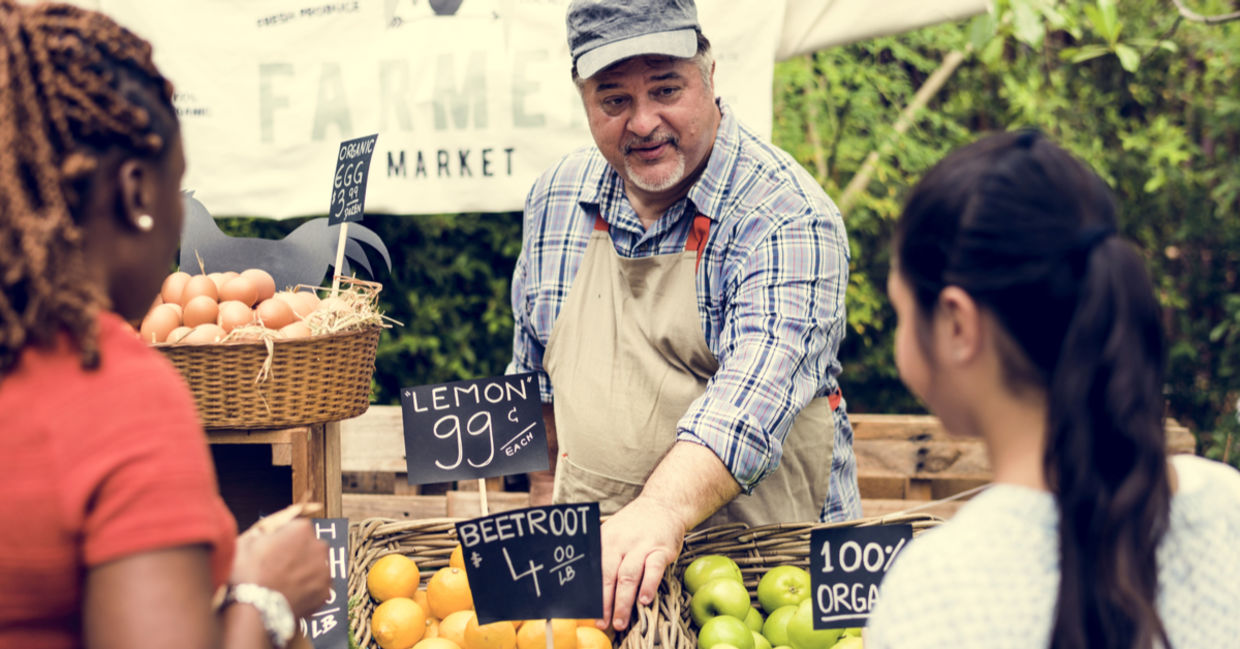
(Rawpixel.com / Shutterstock.com)
Use glass mason jars
This is a way to eliminate plastic bags for good. Keep old jam jars or larger tomato sauce jars, or buy mason jars at a thrift store. Going Zero Waste has this down pat, suggesting you first weigh the jar on a kitchen scale and write the weight (the tare) on the jar. Then head to the store with your reusable containers.
Before you start to fill the jars, confirm whether the supermarket has taring capabilities, meaning they weigh your filled container and subtract the weight of the jar. Use your phone to take a photo of the bin number or write it on your jar. You can place nuts, seeds, dried fruits, even fresh fish, meat, and cheese in your jars.
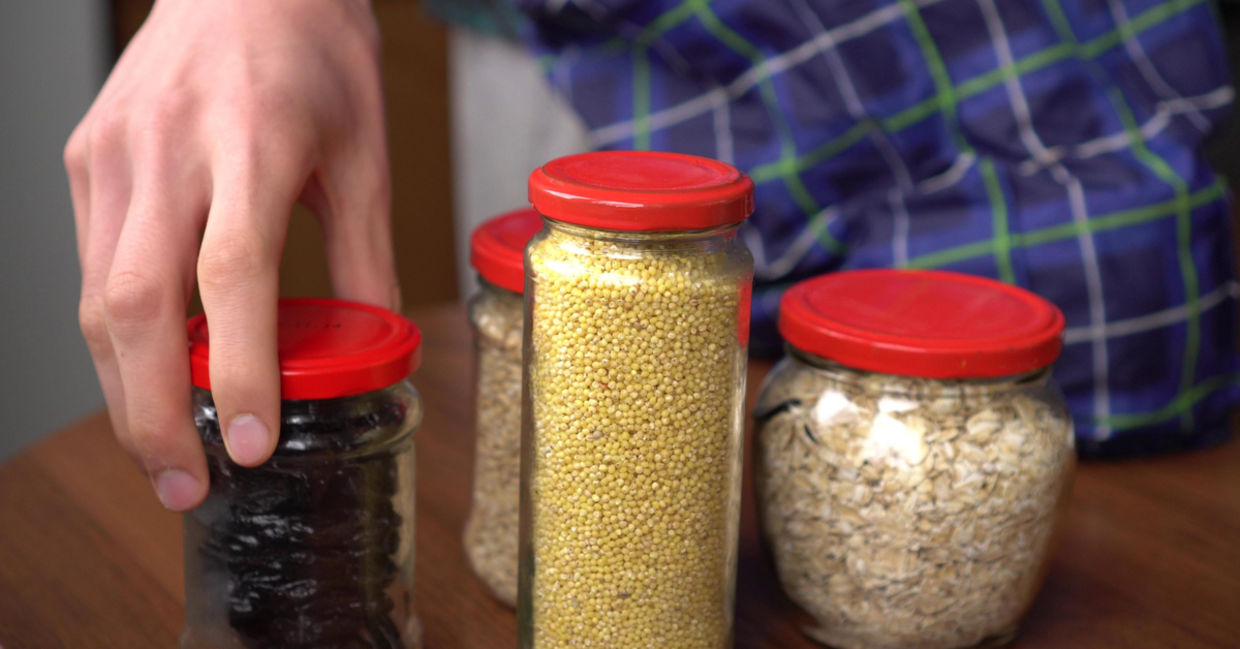
(Fevziie / Shutterstock.com)
Choose to buy bulk
Many stores offer bulk food sections and some are dedicated to selling only in bulk. Buying in bulk is cheaper and it reduces all packaging. This is really important since plastic takes more than 400 years to degrade and, according to National Geographic, 90 percent all plastic is not recycled. If you do not have access to bulk-food shopping, recycle the plastic bags.
Do your best to avoid buying over-packaged products, of which most are processed foods. Not only are they over-packaged, they are filled with preservatives, sugar, fat, and sodium, and they are also expensive. Going Zero Waste suggests you focus your shop on the periphery of the store where the fresh produce is displayed, and to avoid the inside aisles where shelves are stocked with the over-packaged processed foods.
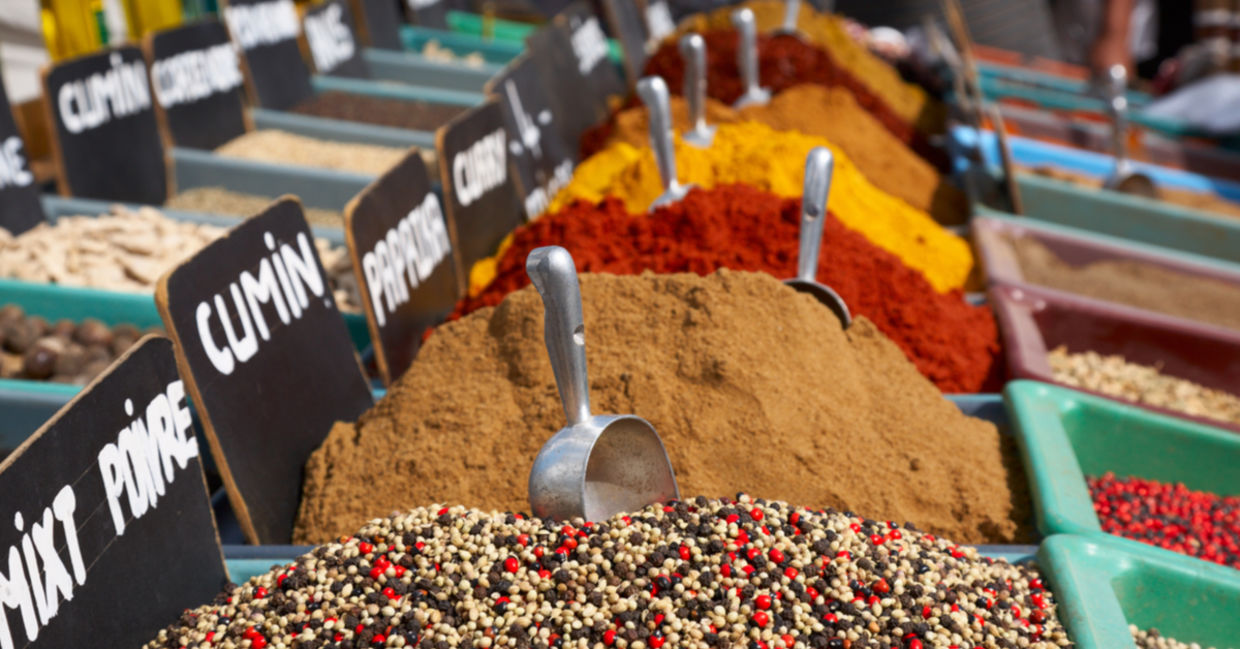
(Nataliya Hora / Shutterstock.com)
Buy imperfect
Grocery stores want only perfect, unblemished produce. So what happens to those gnarly potatoes and bumpy apples? They are usually thrown out and then emit greenhouse gases! According to Going Zero Waste, if food waste were a country, behind China and the US, food waste would be the third largest emitter of greenhouse gas.
Imperfect Foods in the US, among other companies, has found a solution. They collect produce that is misshapen or ugly from farms and food manufacturers, put it in recycled boxes and deliver it. Their meat is antibiotic free, the fish is sustainably farmed, and the eggs are organic, free range.
They also offer the nutritious parts of food that is left to waste in fields such as broccoli stalks and leaves. Their food costs less and is just as nutritious as the pretty stuff. There are imperfect food markets in the UK as well as in Australia under the banner, “Ugly is the new Beautiful.”
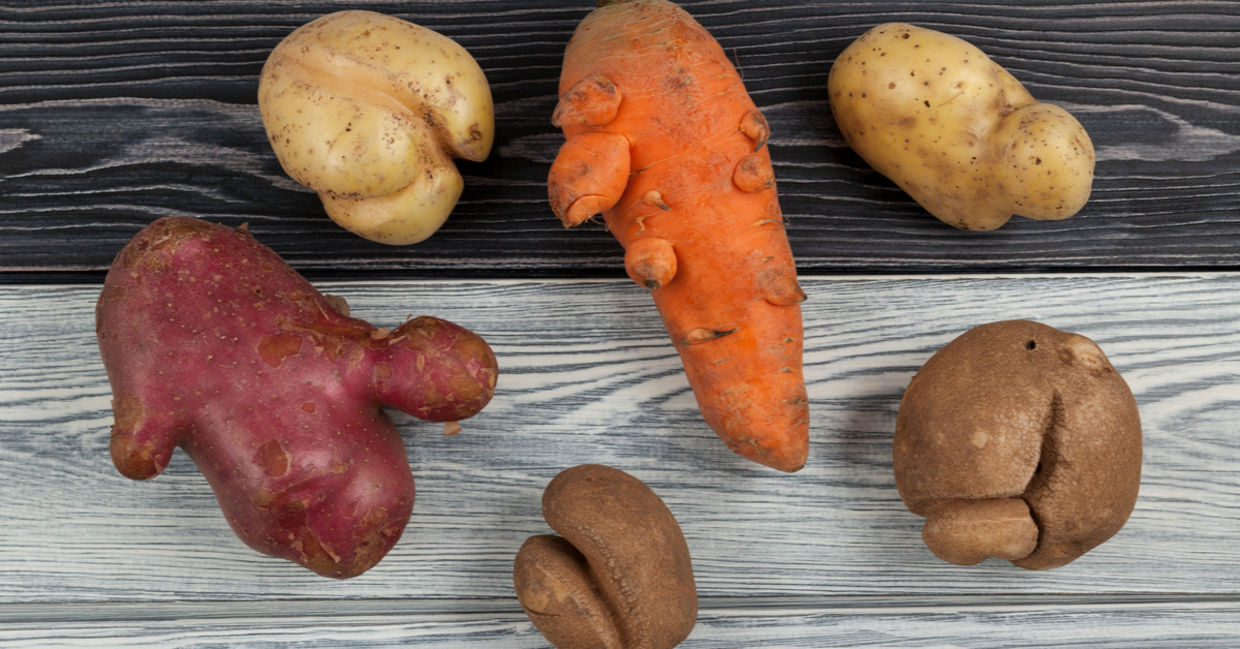
(AB-7272 / Shutterstock.com)
Check packaging and choose wisely
When you are buying soda bottles, ketchup, mayonnaise, peanut butter, or yogurt, turn the item upside down. There will be a plastic sign with a number, as explained on eartheasy. Opt for items that are in categories one or two as they can be recycled. Soft drink bottles, fruit juice containers, and cooking oils are in the plastics number one, while milk jugs, laundry detergent, shampoo bottles, and shower gels are in plastics number two.
Clear plastic wrap sits in the number three category – dubbed “poison” – and less than one percent of it can be recycled. As number four includes packaged bread, bring your own bag to the bakery.
Number five includes the thin liner in cereal boxes, yogurt containers, potato chips bags, diapers, and yogurts – of which only three percent is recycled in the US – so choose wisely. Number six is polystyrene: disposable coffee cups, plastic picnic cutlery, and foam egg cartons are among these. Avoid buying these or opt for recyclable versions.
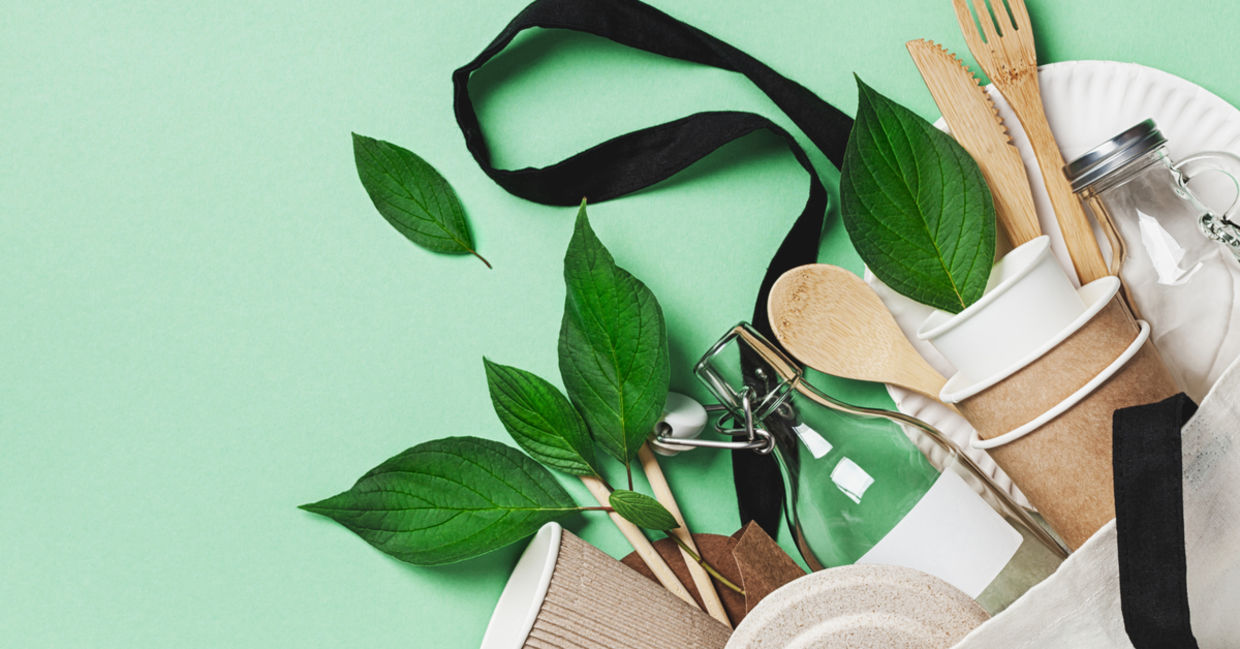
(Julia Sudnitskaya / Shutterstock.com)
Buy ethically
You can say no to factory farming by buying meat, chicken, and eggs from local family-run farms. Many of these farmers aim to reduce their carbon impact, are ethical, and offer produce that is antibiotic free, grass-fed, and free range. There are many such farms in the US, the UK, Canada, and Australia and they also offer a delivery service.
In addition, you can opt to buy fish that was caught using environmental awareness. Fish farming has many negative environmental and health impacts, while overfishing is reducing precious resources. You can source your fish locally and have it delivered, or you can use an app such as Seafood Watch to help you locate places that sell sustainable and ethically-sourced seafood. There are also delicious faux fish products on the market.
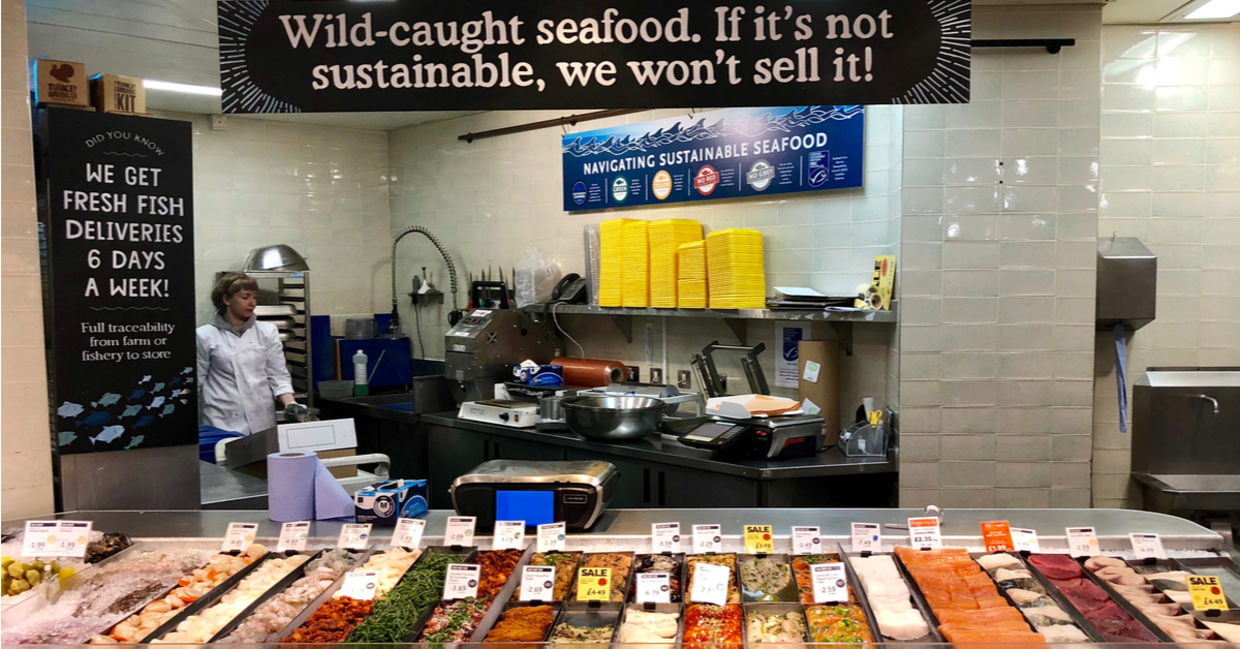
photocritical / Shutterstock.com







